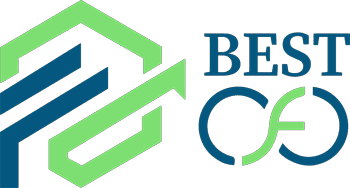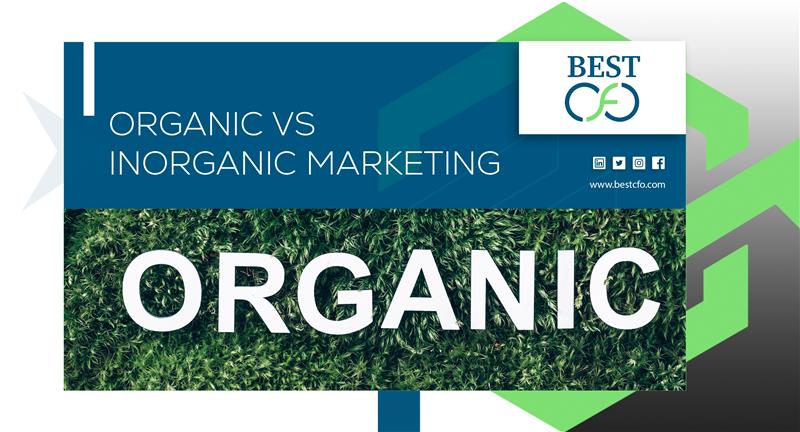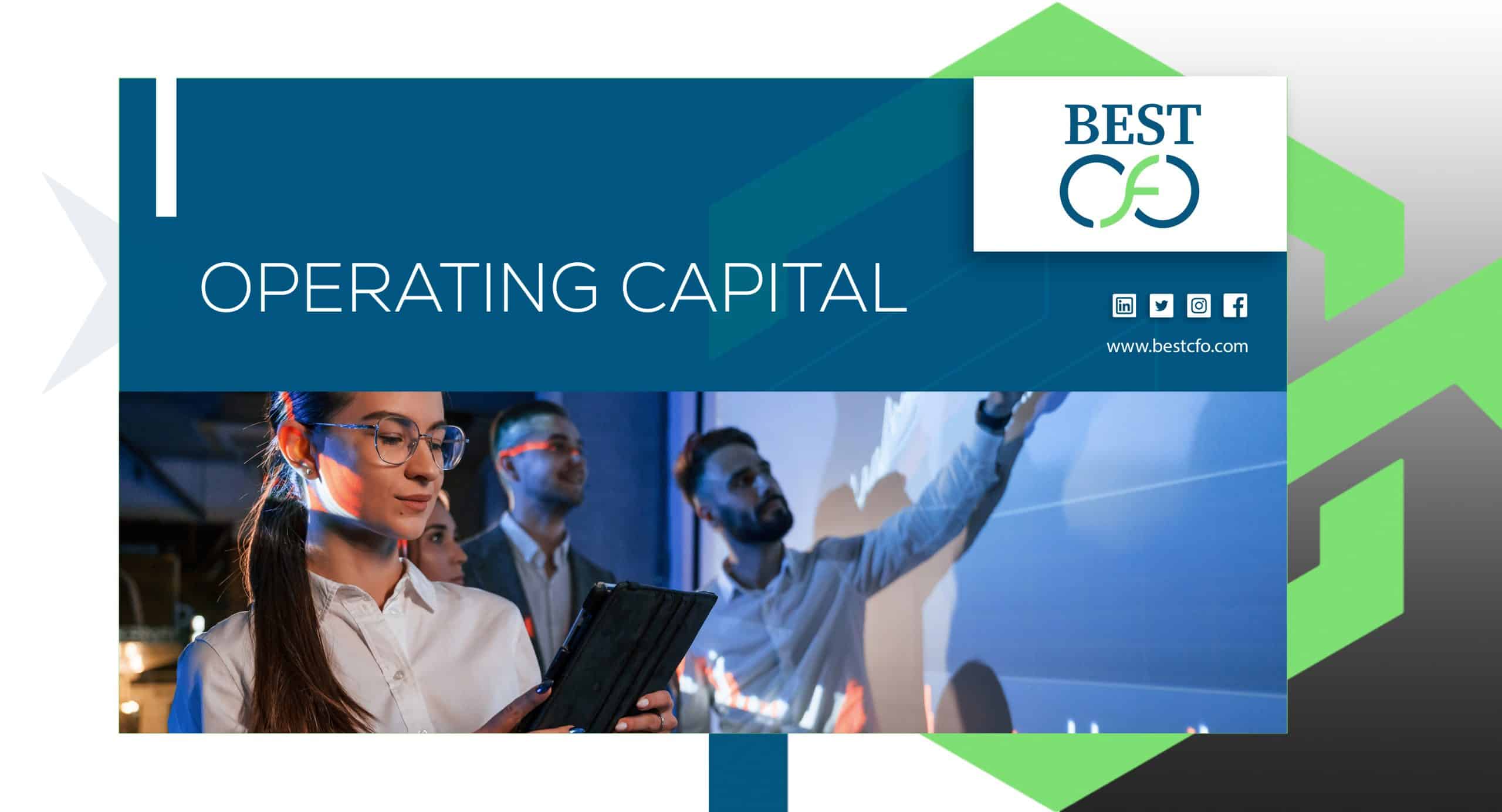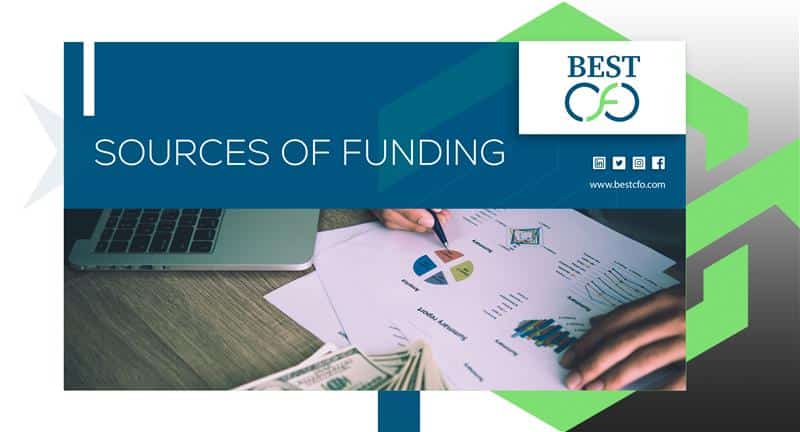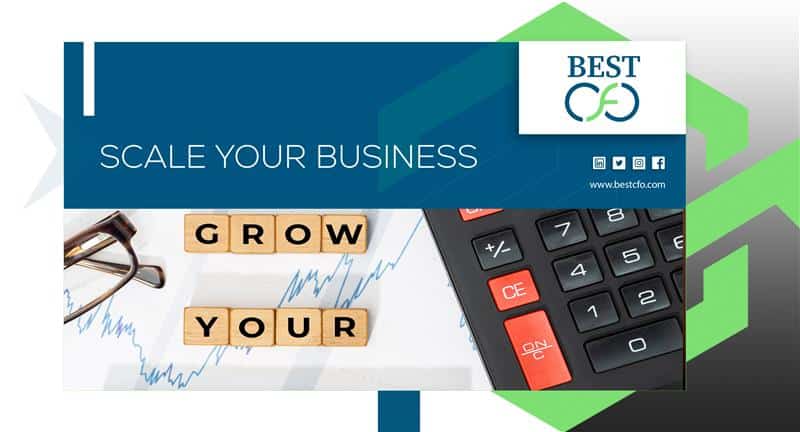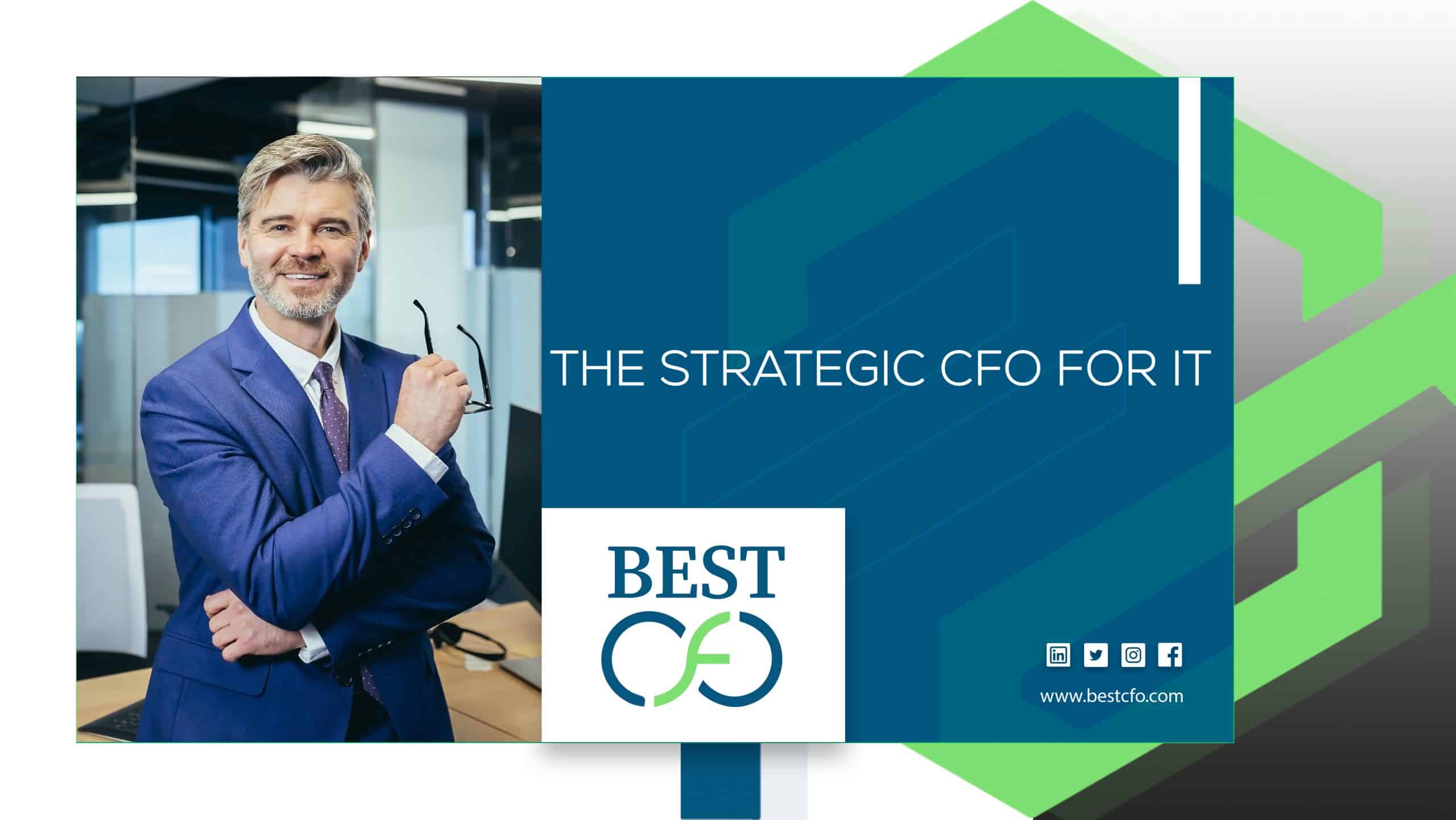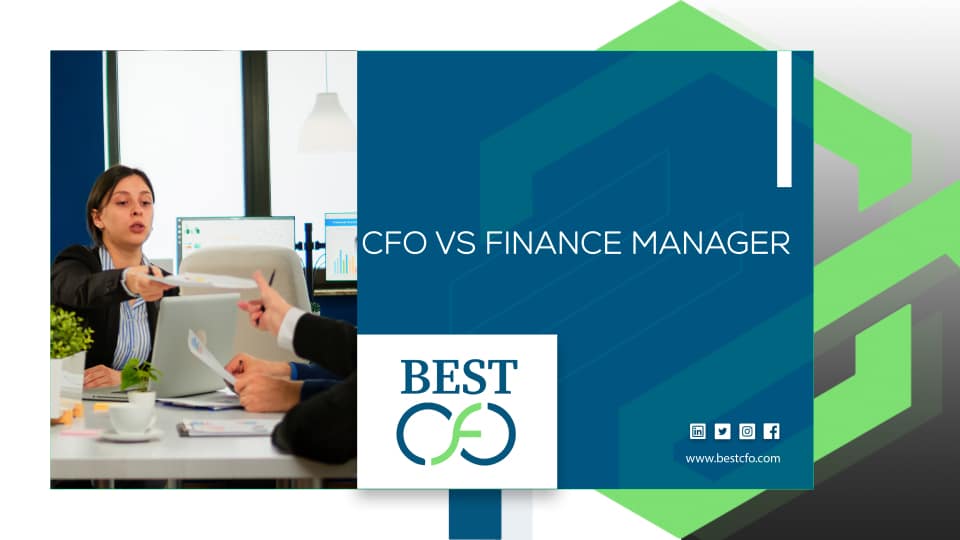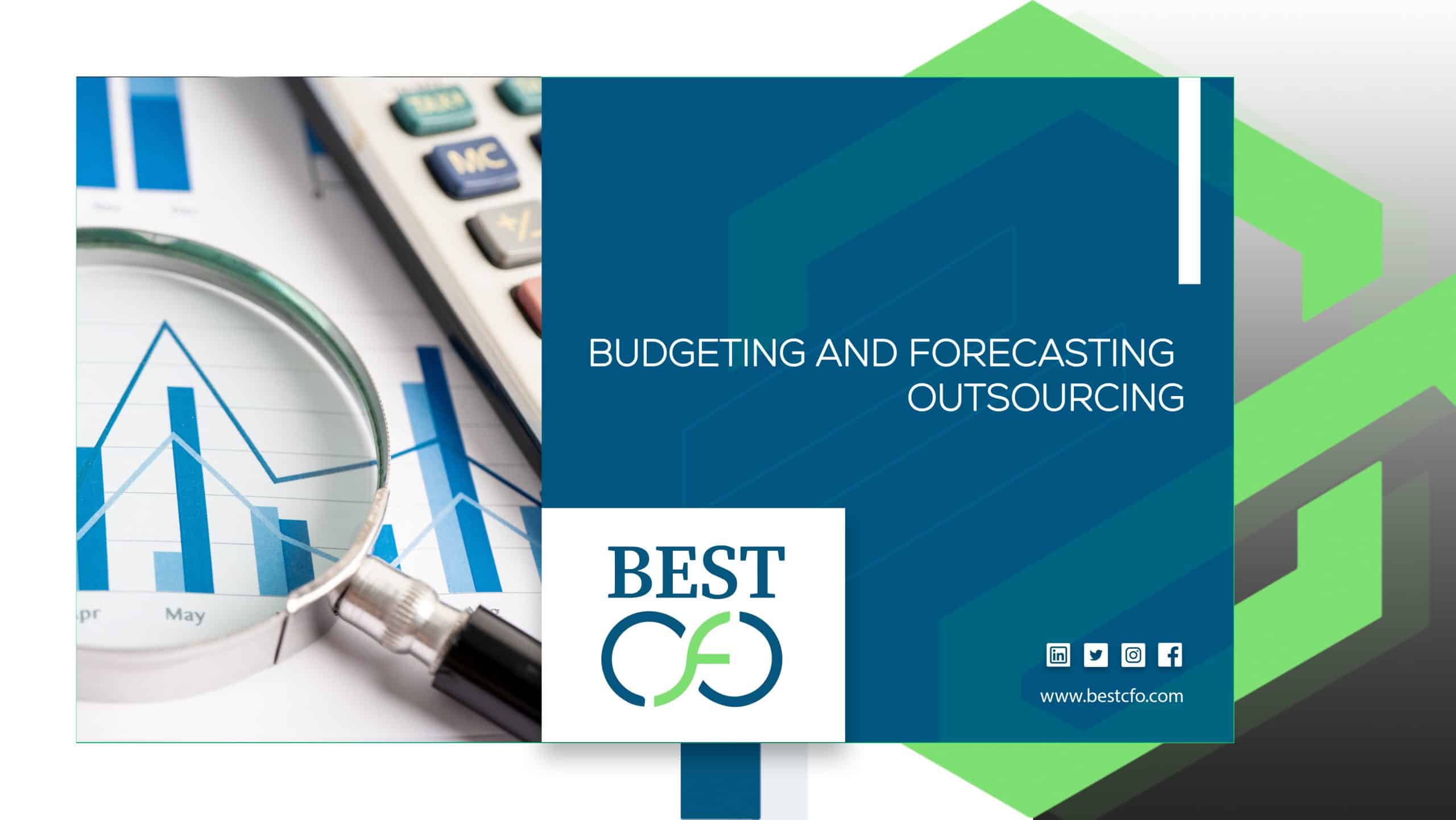
| Getting your Trinity Audio player ready... |
How to Scale a SaaS Business Without Losing Your Customers?
Okay, real talk. You’ve built a SaaS product. People are signing up. Some are even paying you—actual money! Your website doesn’t look like it was designed in 2009 anymore, and your mom stopped asking what you do for a living. Progress, right?
Now you’re thinking, “Cool, so… what’s next? How do I take this thing from ‘neat little tool’ to ‘holy crap, we’re hiring a second support person’?
You, my friend, are officially in scaling mode.
But let’s not sugarcoat it—scaling a SaaS business is part science, part art, and part ‘how-many-tabs-can-my-browser-handle-before-it-crashes’. There are frameworks, strategies, spreadsheets… but also imposter syndrome, MVP panic, and that one customer who always emails you at 2am.
This guide? It’s here to make scaling feel a lot less like “trial by fire” and a lot more like “okay, we’ve got this.”
We’ll cover what SaaS actually is (because let’s be real, not everyone can explain it to their grandma), what scaling really means (spoiler: it’s not just hiring more people), and break down 20 super practical, step-by-step ways to grow without falling into chaos.
In this guide, we’ll walk you through what it really takes to scale a SaaS business—without losing your mind, your mission, or your margins.
Ready? Let’s scale smart.
What Is SaaS?
Let’s cut the fluff.
SaaS, or Software as a Service, is basically your favorite software, but smarter. It lives in the cloud, not your hard drive. It doesn’t eat up your laptop storage or ask you to update every week. It’s like Netflix, but for business tools.
Instead of paying a lump sum and installing it (like it’s 2005), users pay a monthly or yearly subscription to access it online. From accounting apps to project managers, CRMs to fitness platforms—if you can log in to it, it’s probably SaaS.
So yes, when your cousin brags about his new app idea? He probably means SaaS. Smile, nod, and send him this blog.
What Is a SaaS Business?
A SaaS business doesn’t just sell software—it delivers value over time. You’re not selling a product, you’re selling a promise: reliable functionality, regular updates, and excellent user experience.
And here’s the kicker: SaaS businesses scale like wildflowers. Once the software is built, adding users costs little to nothing. That’s what makes SaaS so attractive—low marginal cost, recurring revenue, and an ever-growing user base.
But growing and scaling? Two different beasts.
What Does It Mean to Scale Your SaaS Business?
Scaling is growth—but smarter.
It means your revenue increases without your costs skyrocketing alongside it. Imagine adding 1,000 customers and only needing two extra team members. That’s scaling.
It’s about:
- Having systems that hold under pressure
- Automating what can be automated
- Delivering consistent service to 10x the user base
If growing is a birthday party, scaling is a music festival.
Common Challenges When Scaling SaaS
Let’s not sugarcoat this. Scaling SaaS is hard. Some of the biggest roadblocks include:
1. Burn Rate Mayhem
You’re burning more cash than you’re earning. Yikes. Fancy campaigns, new hires, upgraded tools—if you’re not careful, your bank account gets nervous.
2. Churn Monster
Customers signing up is cool, but what if they quietly vanish after a month? That’s churn. And if it’s higher than your growth rate, it’s like trying to fill a bucket with a hole in it.
3. Tech Debt Drama
That quick fix your dev did six months ago? It’s now Frankenstein’s monster. As you grow, poor code architecture drags you down like an anchor.
4. Misaligned Teams
Your dev team’s building one thing, sales is selling another, and support has no clue what’s happening. Welcome to chaos.
5. Marketing Whiffs
Marketing without data is like yelling into the void. You’re spending, but nobody’s listening. Or worse—they listen, then bounce.
How to Know If Your SaaS Is Ready to Scale?
Here’s your 5-step readiness test:
1. Stable Revenue Growth
Are you seeing 10–20% monthly growth? Not just one lucky month—consistently.
2. Happy Customers
Is churn low? Are customers sticking around, upgrading, and actually using your product?
3. Repeatable Processes
Is your onboarding solid? Is sales predictable? Is support proactive?
4. Scalable Tech
Can your infrastructure handle double (or 10x) the users without combusting?
5. Capital or Cash Flow
Do you have the runway (or revenue) to hire, market, and improve without panicking?
Check most of these boxes? You’re not just ready—you’re overdue.
What Does SaaS Product Scaling Involve?
When talking about scaling SaaS products these things should be involved:
Software Development
You need clean, scalable code. Prioritize:
- CI/CD pipelines
- Testing automation
- Clean architecture
- API-first design
Because nothing scales like good code.
Product Design
Your UI/UX should be so intuitive that users never need a manual. Every click should feel like, “Ah yes, this is exactly what I meant to do.”
Marketing
Gone are the days of “spray and pray.” You need:
- Targeted ads
- Funnel analytics
- Content marketing
- CRO testing
Marketing isn’t a megaphone. It’s a microscope.
Assembling a Team
Don’t hire fast—hire smart. Build pods:
- Product (Dev, QA, Design)
- Revenue (Sales, Marketing, Success)
- Ops (Finance, Legal, People)
Think Avengers. Not a 100-person team of interns.
Onboarding
Most churn happens in the first week.
Fix this with:
- In-app guides
- Welcome emails
- Live walkthroughs
- Success checklists
Make onboarding feel like a celebration.
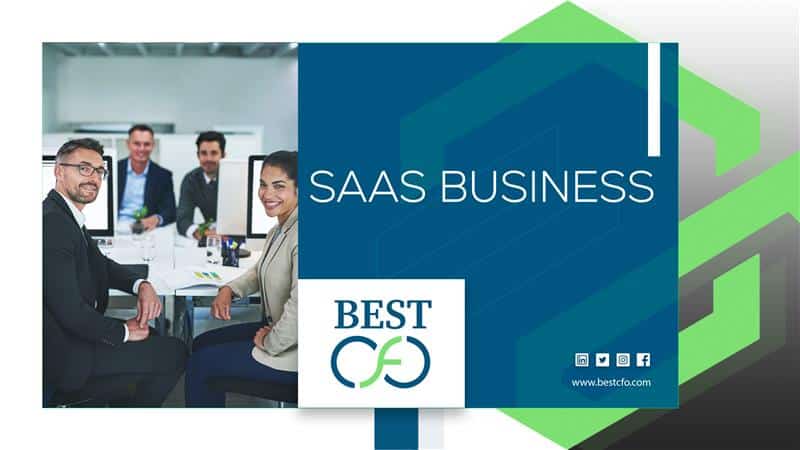
20 Ways to Scale a SaaS Business With Proper Steps
Here is the main part everyone was waiting for!
1. Create a Solid Customer Acquisition Strategy
- Identify your ICP (Ideal Customer Profile)
- Choose the right channels (LinkedIn, Google Ads, YouTube)
- Map out the funnel: Awareness > Interest > Decision > Action
- Run small, controlled experiments to optimize
2. Equip Your Sales Team With the Right Tools
- Invest in a solid CRM (HubSpot, Pipedrive)
- Create battlecards for competitors
- Train regularly on product updates
- Do weekly pipeline reviews
Make salespeople your product’s biggest fans.
3. Optimize Your Marketing Strategy
- A/B test your emails and landing pages
- Track CTA clicks, bounce rates, and sign-up heatmaps
- Drop what doesn’t work ruthlessly
- Scale what does
4. Constantly Perform Market Research
- Subscribe to competitor newsletters
- Host customer interviews
- Analyze G2, Capterra, Reddit threads
- Test messaging regularly
Data = clarity. Always.
5. Offer a Free Trial
- Keep it 14–30 days
- No credit card needed = more sign-ups
- Guide users with tooltips, emails, and onboarding tours
- Ask for feedback right before trial ends
6. Use SEO and Content Marketing
- Write 4–6 long-form blogs a month
- Target BOFU (Bottom of Funnel) keywords
- Update old content quarterly
- Build backlinks with guest posts and partnerships
Content compounds. It’s the SaaS retirement plan.
7. Create Pricing Packages That Match Customer Needs
- Build 3–4 tiers
- Emphasize the most valuable features in mid and high tiers
- Run pricing surveys annually
- Test toggle-based plans (monthly vs. yearly)
8. Segment Customers for Personalized Experiences
- Segment by industry, size, plan, behavior
- Send targeted emails: “Hey CFOs, here’s how to…”
- Customize dashboard views per segment
- Use lifecycle marketing to time upsells
9. Build a Customer Success Program
- Assign CSMs to high-value accounts
- Host “Getting Started” webinars
- Set up quarterly check-ins
- Use success metrics like TTV and health scores
Happy customers = viral growth.
10. Provide Self-Service Options
- Build a searchable knowledge base
- Create short video tutorials
- Offer a chatbot for basic queries
- Add in-app help buttons everywhere
Reduce support load. Empower users.
11. Leverage AI for Support
- Use chatbots for FAQs
- Route tickets smartly with NLP
- Use sentiment analysis to escalate angry tickets
- Auto-suggest knowledge articles before ticket creation
Let AI handle the boring. Let humans handle the complex.
12. Automate Feedback Loops
- Auto-send NPS emails after 30 days
- Use Typeform, Refiner, or Hotjar
- Build dashboards to monitor trends
- Share feedback cross-departmentally
Feedback isn’t vanity—it’s product gold.
13. Launch Referral Programs
- Offer $25 gift cards or 1-month free
- Keep sharing dead simple
- Add CTAs in the dashboard
- Remind users via email periodically
Happy customers love to talk. Give them a reason to.
14. Host Webinars & Training Sessions
- Monthly sessions = constant value
- Invite industry experts occasionally
- Use them to unveil new features
- Record and reuse for onboarding
Your team’s voice = your brand’s voice.
15. Upsell and Cross-Sell Smartly
- Trigger offers based on usage milestones
- Highlight value, not just features
- Offer bundles: “Pro + Analytics Add-on = 20% Off”
- Use contextual upsell modals—not random pop-ups
16. Track Your Metrics Religiously
- Monitor MRR, ARR, LTV, CAC, churn
- Use dashboards
- Create weekly snapshots
- Make data-driven decisions, not guesses
17. Fix Drop-Off Points
- Use FullStory or Hotjar to watch where users rage-click
- Reduce form fields
- Highlight CTAs better
- Streamline payment and checkout flows
18. Audit Retention Regularly
- Track login frequency, feature usage
- Identify disengaged users early
- Trigger re-engagement campaigns
- Interview churned users for insight
19. Optimize Your Dev Team
- Break large teams into 6–8 person squads
- Do weekly retrospectives
- Use sprints wisely—no scope bloat
- Document everything. Then document that.
20. Personalize Your Landing Pages
- Use dynamic content (based on location, industry, etc.)
- Create personas: “For Agencies,” “For Startups,” etc.
- A/B test layout, testimonials, CTA copy
- Make the value prop shout from the page
The Bottom Line
Scaling a SaaS business is both an art and a science.
If growth is the car, scaling is the engine. Get it wrong, and things overheat. Get it right, and you’re cruising on the Autobahn with your hair blowing in the wind (yes—even metaphorically bald founders).
Follow the 20 ways above like your roadmap. Start where you are. Automate what you can. Keep customers happy. Track every win and learn from every drop-off.
And if you ever feel lost?
Just remember: scaling SaaS is about delivering more value, with less chaos.
FAQs About Saas
Q1: What’s the difference between growing and scaling?
A: Growing = more customers, more effort. Scaling = more customers, less effort per customer.
Q2: Do I need funding to scale?
A: Not always, but it helps. Bootstrap if you’ve got steady cash flow. Raise if you want to move fast.
Q3: Is freemium a good model?
A: Depends. It’s great for brand awareness and mass adoption. But your free users better not cost more than they’re worth.
Q4: Should I build a mobile app too?
A: If your users are mobile-heavy—yes. If not, focus on making your web app fast and responsive.
Q5: How long does it take to scale?
A: Months to years. There’s no magic number—just consistent systems, sharp insights, and good leadership.
Q6: Can I scale without hiring?
A: To a point. Automation helps. But people scale people. Eventually, you’ll need to build a team.
Q7: What’s the #1 reason SaaS scaling fails?
A: Misalignment—between product, team, and market. Keep everyone rowing in the same direction.
Q8: Do I need product-market fit before scaling?
A: Yes. Scaling without it is like trying to make popcorn without turning on the stove.
Q9: How do I reduce churn?
A: Better onboarding, continuous value, personalized outreach, strong support, and success programs.
Q10: Is AI going to replace my support team?
A: No. But it’ll make them superheroes.
Related Posts
Organic vs Inorganic Marketing: Pros, Cons, and Best Use Cases
Organic vs Inorganic Marketing: Pros, Cons, and Best Use Cases When it comes to growing…
What Is Operating Capital and Why Is It Important?
What Is Operating Capital and Why Is It Important? Are you ready to dive into…
What Are the 5 Sources of Funding?
What Are the 5 Sources of Funding? So, you’ve got the dream. The vision. The…
From Startup to Success: How to Scale Your Business Efficiently
How to Improve Your Bad Debt to Equity Ratio: A Complete Guide If you’ve ever…
 Demos
Demos  Colors
Colors  Docs
Docs  Support
Support 
